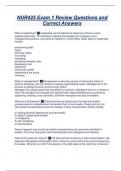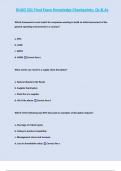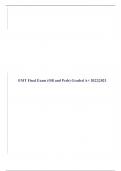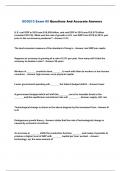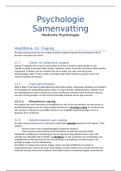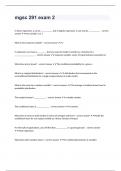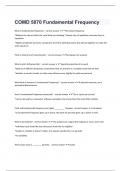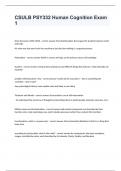Exam (elaborations)
NUR425 Exam 1 Review Questions and Correct Answers
- Course
- Institution
What is leadership? Leadership can be defined as influencing others to work together effectively. This definition indicates that leaders do not always have management positions. According to Gardner's (Yoder-Wise, 2003) tasks of leadership include: envisioning goals action affirming values motivat...
[Show more]
